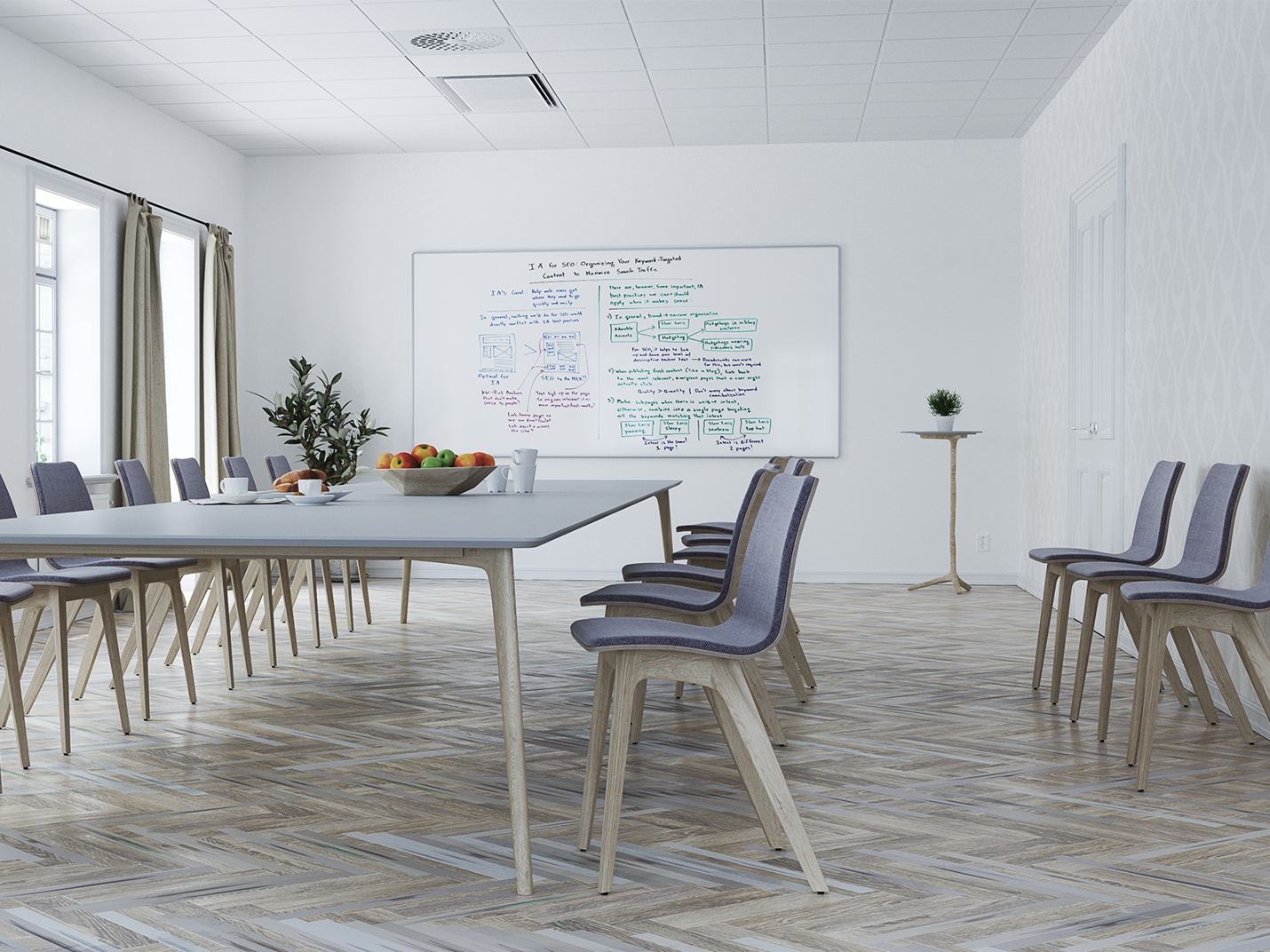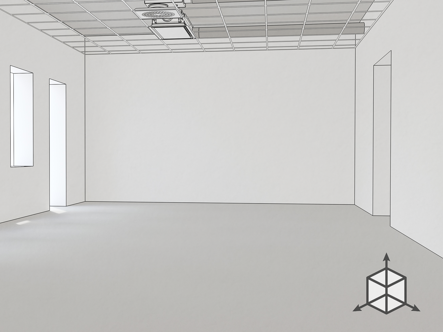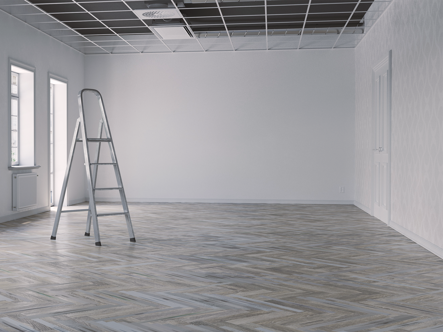
After installation
How does the indoor climate impact space economics?
There is much money to be saved by running a more energy-efficient indoor climate system, which should make this a key component in a development in terms of both your budget and the environment. An example: installing a demand-controlled ventilation system will potentially reduce energy consumption by up to 80% in terms of fan energy, and up to 40% in terms of heating and cooling energy.
But if we consider the building and its tenants as a whole, the energy expenditure will still be relatively modest, however. The rental revenue for the building is typically ten times the energy cost. If we then look at how the indoor climate affects customer satisfaction and tenant churn, this factor is likely to hold greater potential, even if, say, the tenancy rate only increases by a small percentage.
Finally, an additional tenfold increase in potential can be gained from the indoor climate’s impact on salary expenditure. Studies of the link between indoor climate and human performance indicate that we risk losing considerable productivity in a poor indoor climate, and that investments in superior systems are soon recouped.
How can we proof the indoor climate against tenancy changes?
The majority of commercial premises undergo continual change as one tenant moves in or when a partition wall is moved for example. Those changes are just part and parcel of a dynamic property, but do make it essential to install adaptable room products in order to consistently guarantee a sound indoor climate. Typical problems at room level are that the existing installations get noisy when the air flow is cranked up, or dump cold air straight into the occupied zone if the air flow is turned down. At times, their capacity range is so limited that they are unable to cater for increased demand for cooling. The consequence is either that the tenant’s indoor climate is unsatisfactory or that the property owner has to invest in costly reinstallations. The alternative is to install products that have the capacity and adaptability to cater for changing demand in terms of the purely physical installations such as air flow. This applies equally to the control system, where even minor changes might be pricey.
How do I ensure that my indoor climate investment is sustainable over the long term?
Sustainability in this context has many senses, but perhaps the most essential aspect is that the products installed maintain consistent quality performance. With products that continue to perform as promised year on year, and with generous warranties, long-term support and ready access to spare parts, you can have every confidence that your original calculations for the build investment will be on-budget. Another aspect of sustainability will be to ensure that the solutions are upgradable over time. Stricter requirements regarding the energy performance of buildings and high expectations regarding indoor comfort level, alongside the rapid advances in IT and communications mean that future-proofing your installations is more important than ever. With systems that are easily accessible and scalable, you have the best platform for next-generation solutions connectivity.
What do the various environmental certifications involve?
There are many sides to sustainability, and accordingly, Swegon now offers a wide range of building certifications. BREEAM, LEED and Passive House are just some of the more established ones, but new standards are joining their ranks all the time. One of these is WELL, which entails a more comprehensive approach to the building and its tenants.

